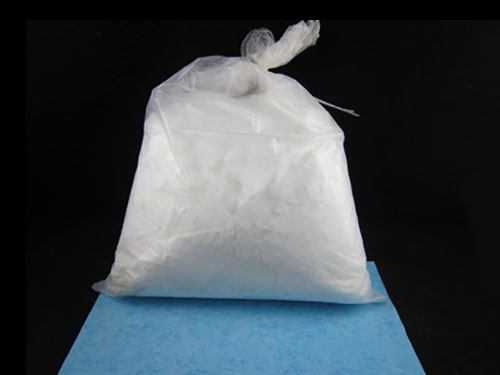Sustainable Solutions with Organic Fluorochemicals: Challenges and Innovations
2024-12-18
Organic fluorochemicals have revolutionized various sectors with their remarkable properties, from pharmaceutical development to advanced coatings for electronics. However, as industries increasingly rely on these compounds, questions surrounding their sustainability and environmental impact have become more urgent. Understanding the challenges and innovations in this field is crucial for balancing performance with eco-consciousness.
The Unique Properties of Organic Fluorochemicals
Organic fluorochemicals are prized for their remarkable stability, chemical resistance, and durability. The carbon-fluorine bond is one of the strongest in chemistry, which allows these chemicals to perform in extreme environments. This resilience makes them essential in many applications, from industrial coatings to medical treatments. However, their very durability can pose challenges in terms of environmental impact, particularly when it comes to their persistence in ecosystems.

Challenges of Organic Fluorochemicals
1. Environmental Persistence and Bioaccumulation
One of the most significant concerns regarding organic fluorochemicals is their environmental persistence. Certain compounds, particularly perfluorinated chemicals (PFCs), are not biodegradable and can remain in the environment for decades. These chemicals tend to accumulate in water, soil, and living organisms, leading to potential long-term environmental and health risks.
2. Toxicity and Health Risks
Some organic fluorochemicals have been found to be toxic to both humans and wildlife. Long-term exposure to certain fluorinated compounds has been linked to various health issues, such as liver damage, developmental effects, and immune system disruption. This has prompted regulatory bodies to impose stricter guidelines on the production and use of these chemicals.
3. Recycling and Disposal Issues
The disposal and recycling of organic fluorochemicals present significant challenges. Due to their chemical stability, these compounds do not easily break down in standard waste treatment processes. This necessitates the development of more advanced disposal techniques that ensure these chemicals are safely managed at the end of their lifecycle.
Innovations in Sustainable Fluorochemical Production
Despite these challenges, significant strides are being made toward making organic fluorochemicals more sustainable. Researchers and manufacturers are focusing on developing safer alternatives, reducing the environmental footprint of fluorochemical production, and improving recycling methods.
1. Bio-based Fluorochemicals
One of the key areas of innovation is the development of bio-based fluorochemicals. These compounds are derived from renewable resources, such as plant-based materials, rather than fossil fuels. Bio-based alternatives not only reduce reliance on non-renewable resources but also lower the carbon footprint of production.
2. Fluorochemical Alternatives
To mitigate the environmental impact of traditional fluorochemicals, scientists are exploring alternatives that offer similar properties without the negative environmental effects. For instance, researchers are working on developing "short-chain" fluorochemicals that break down more easily in the environment, reducing their persistence and bioaccumulation.
3. Recycling and Recovery Technologies
Another promising innovation is the development of advanced technologies for recycling and recovering organic fluorochemicals from waste streams. These processes involve capturing and reprocessing fluorochemicals from used products, such as electronics, textiles, and industrial equipment, reducing the need for new raw materials and minimizing waste.
4. Green Chemistry Initiatives
The field of green chemistry focuses on designing chemicals and processes that are inherently less harmful to the environment. By applying green chemistry principles to the synthesis and production of organic fluorochemicals, companies can minimize waste, energy consumption, and the use of hazardous materials, leading to more sustainable manufacturing processes.
Conclusion
Organic fluorochemicals are indispensable in many modern applications, but their environmental and health impacts cannot be ignored. As demand for these chemicals grows, so does the need for sustainable practices and innovations in their production, use, and disposal. By focusing on bio-based alternatives, recycling, and green chemistry, the industry can continue to benefit from the unique properties of fluorochemicals while reducing their ecological footprint. Moving forward, the key to success will be finding a balance between high performance and sustainability, ensuring that organic fluorochemicals can contribute to a greener, healthier future.


